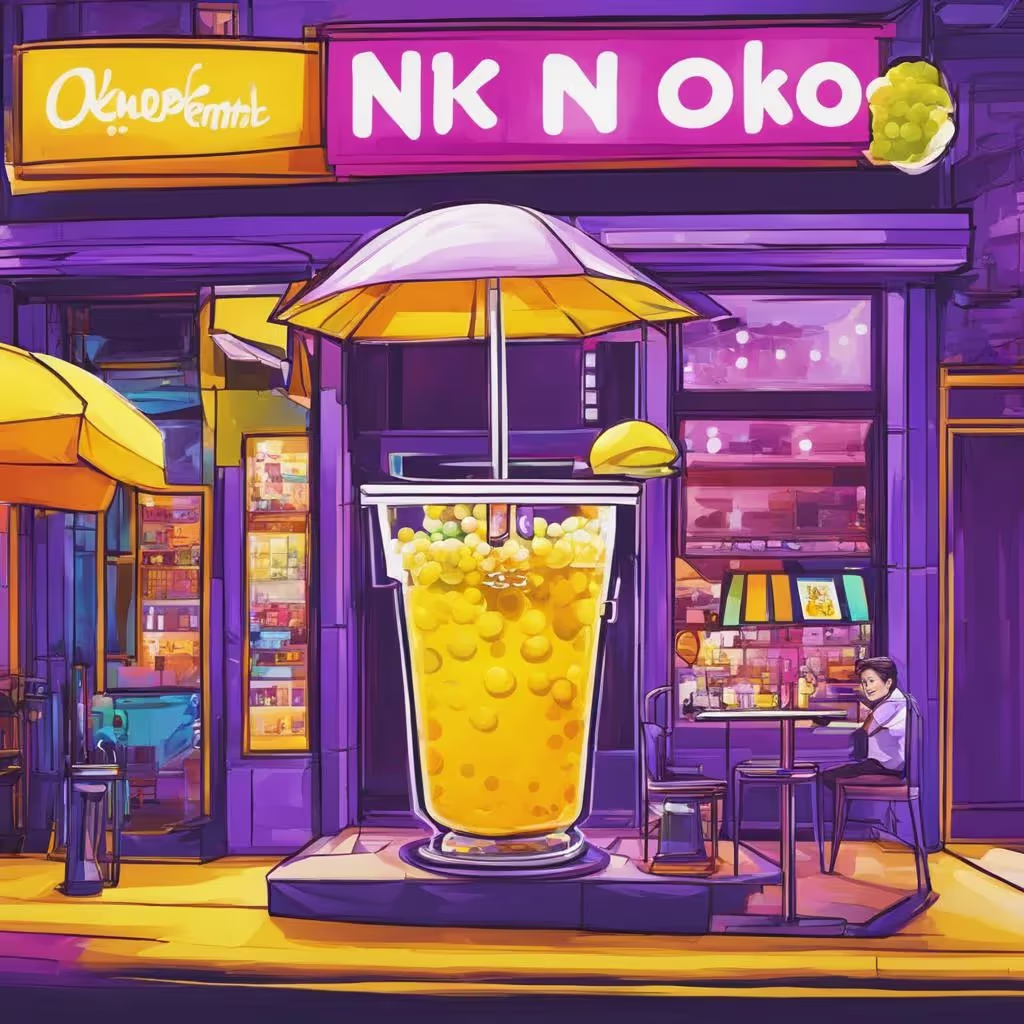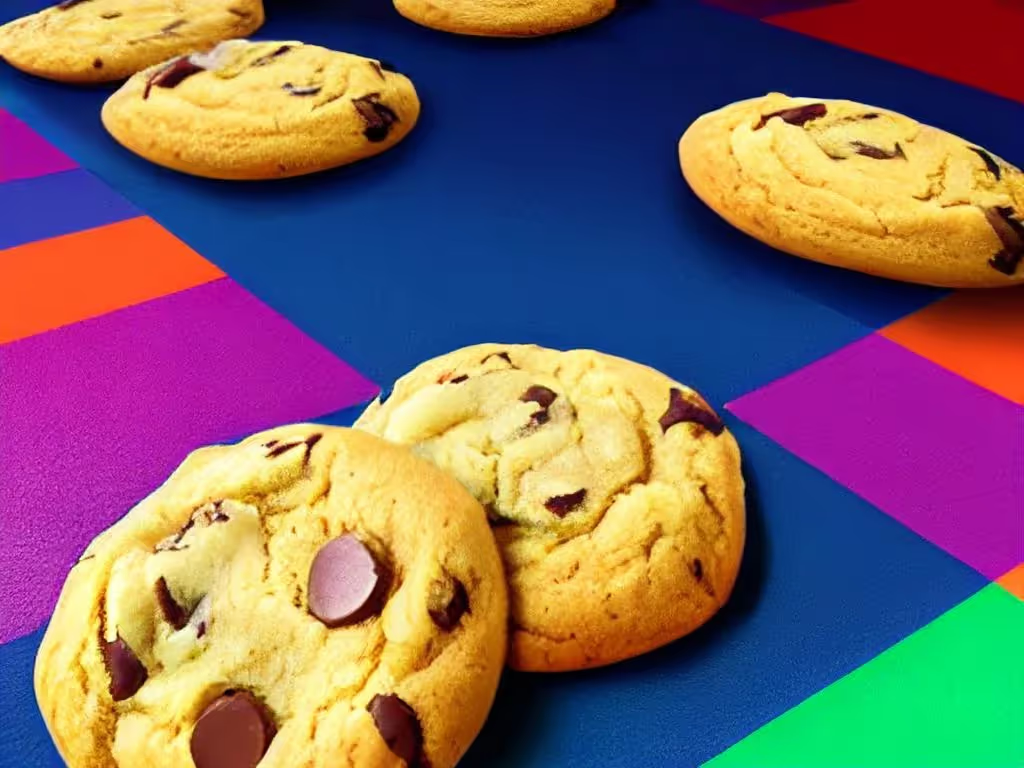TLDR
You want convenience, value, and efficiency – and so do your customers. Enter mobile apps. Restaurants around the world are turning to technology to make ordering easier for both customers and them. But not all mobile apps are created equal. If you're looking to add extra value (and some tech-savvy credentials) to your establishment, consider adding Apple Pay to your restaurant app as an added feature.
To make sure you're taking full advantage of this digital payment system, let's take a look at tips for designing and developing mobile apps for restaurants that integrate Apple Pay.
Benefits of Adding Apple Pay to Apps for Restaurants & Cafes
Adding Apple Pay to your restaurant's mobile app can be a game changer for your customers. Think of it as a way to offer convenience and put them in control. With the ability to pay directly from their iPhone, customers have an easy and secure way to complete their transactions without having to disrupt the flow of their experience.
Utilizing Apple Pay also provides additional marketing opportunities. Customers will know that your restaurant is up-to-date with new technologies and that you are committed to providing them with the best possible experience.
Moreover, contactless payments help save time for both you and your customers. Not only is it faster than traditional payment methods, but customers can also order and pay from anywhere, reducing wait times at the checkout counter or drive-thru window. It's a modern convenience that helps make customer service easier and faster!
Designing a User-Friendly App Interface
When it comes to designing a mobile ordering app for restaurants and cafés, user experience (UX) and user interface (UI) design have to work together in order to create a holistic experience. Mobile UX design should be focused on accessibility and efficiency—it should embrace native mobile elements such as thumb swipe, multi-touch gestures, etc. in order to maximize the user experience.
When it comes to UI design, it’s about creating an emotionally engaging interface capable of providing an enjoyable and intuitive mobile ordering experience. To help illustrate the importance of this design element, consider adding an intuitive feature like Apple Pay—this allows your customers to make quick payments without having to pull out their wallet or enter credit card info each time they place an order. Adding different forms of feedback – such as audio or visual cues – also helps create a more immersive environment based on the UI element or app state. By incorporating these types of features into your restaurant's mobile app, you can ensure that your customers have an optimal dining experience every time they visit your establishment.
Visually Appealing Design Elements
Adding an Apple Pay feature to your restaurant ordering app isn't just about security—it's also about making sure your app looks great. Visual design impacts a customer's experience almost as much as the function of the product. If a customer sees a boring, cluttered interface, they're not likely to keep using the app.
There are several elements that make up visually appealing design, including colors, shapes, pictures, fonts and white space. You want to create an overall balance that works for your brand and highlights important parts of the user interface.
Visual Design Elements
When it comes to visual design, there are some elements you need to consider in order to maximize user engagement and satisfaction with your restaurant ordering app:
- Size: The size of various components on the page can help draw attention to important content.
- Color: Careful use of color can draw attention to important features and increase user engagement with the product.
- Contrast: Contrast between different parts of the product can help draw attention and create interest.
- Texture: Texture adds depth and character to an interface, helping it stand out from other apps.
- Positioning: The placement of various elements on the page gives them relative importance and impact on how users interact with it.
- Visual Weight: Visual weight determines which elements should be prioritized when users interact with an interface by applying emphasis and importance.
These elements can all work together to create a visually appealing interface that encourages customers to use your restaurant ordering app again and again—not just because it's secure with Apple Pay, but also because it looks great too!
Optimizing Performance & Functionality
Want to take your restaurant's app to the next level and stand out from the competition? Ongoing A/B testing and feature experimentation should be the guiding forces behind any restaurant's or food delivery platform's mobile strategy. With A/B testing, you can evaluate features, measure user engagement and craft better experiences.
By experimenting with features like adding Apple Pay, you can optimize performance, improve user experience and reduce risk of errors. For example, Apple Pay eliminates the need to type in credit card information each time a customer places an order — it also helps protect customers' data privacy, as credit card numbers are not transmitted between devices for payment processing.
Digital menus are critical to a restaurant's success — nearly 86% of diners browse menus before they dine out — so making sure your app is displaying digital menus correctly is important for customers who want to see all that your restaurant has to offer.
Finally, restaurants use delivery management and optimization platforms to streamline online orders from all of their online ordering partners. By ensuring smooth transactions between third-party providers (e.g. Grubhub), you can unlock added revenue by leveraging additional delivery services with minimal hassle on behalf of customers who want their meals delivered as quickly as possible.
Integrating SMS Authentication & Fraud Prevention
When you're integrating something like Apple Pay or any other payment platform into your restaurant or cafe's mobile app, it's important to consider how you'll protect users from fraud.
One way to do this is through SMS authentication and fraud prevention technology. SMS verification is used to stop fraudsters who have obtained a customer's username and password, and also helps to block suspicious and likely fraudulent messages. You can also set rate limits on OTP web forms to prevent SMS pumping fraud.
The result? A secure mobile app that keep customer information safe but still allows for quick and easy payment options - things like Apple Pay - that customers will find convenient. That's a win-win!
Final Thoughts
Overall, by combining the convenience of Apple Pay with the ease of use of mobile ordering, restaurants and cafes can maximize their customer-engagement efforts while creating a secure and user-friendly experience.
In order to make a restaurant ordering app successful, it must embrace current technology and be optimized for performance, functionality, and user convenience. With the help of Apple Pay and a secure SMS authentication, businesses can create a streamlined and visually appealing experience for their customers, giving them the best possible experience when it comes to ordering meals and drinks.


.webp)


.webp)
.png)
.webp)

.avif)
.webp)
.webp)
.webp)

.webp)










.png)
.png)







.svg)
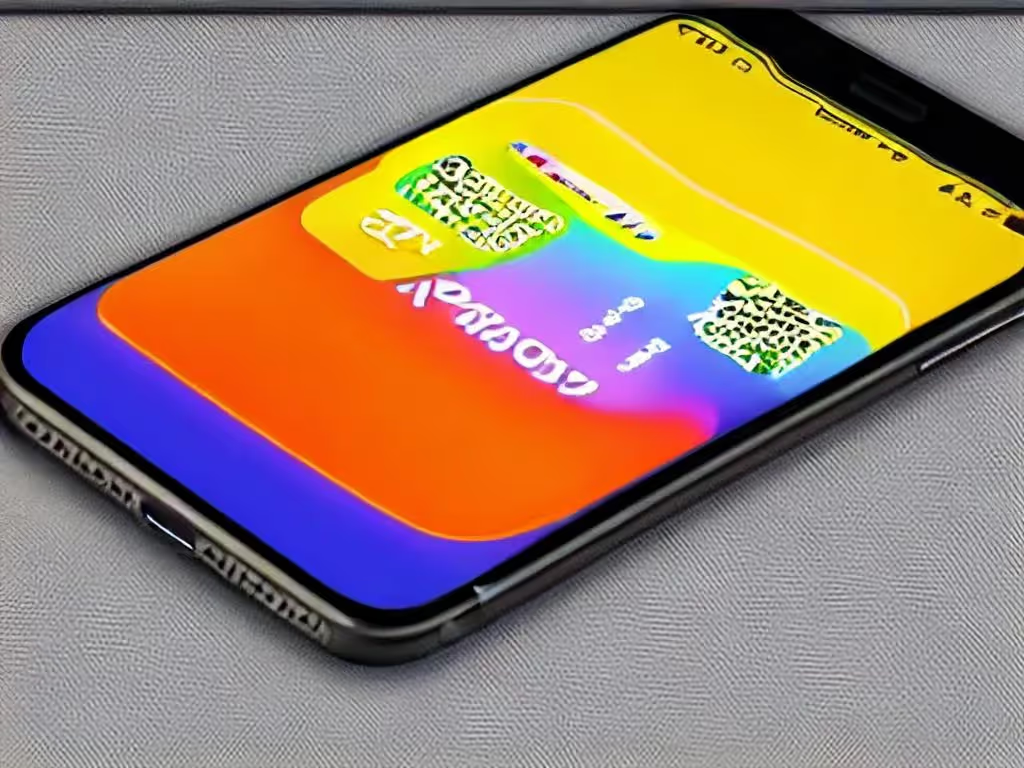




.svg)
.svg)
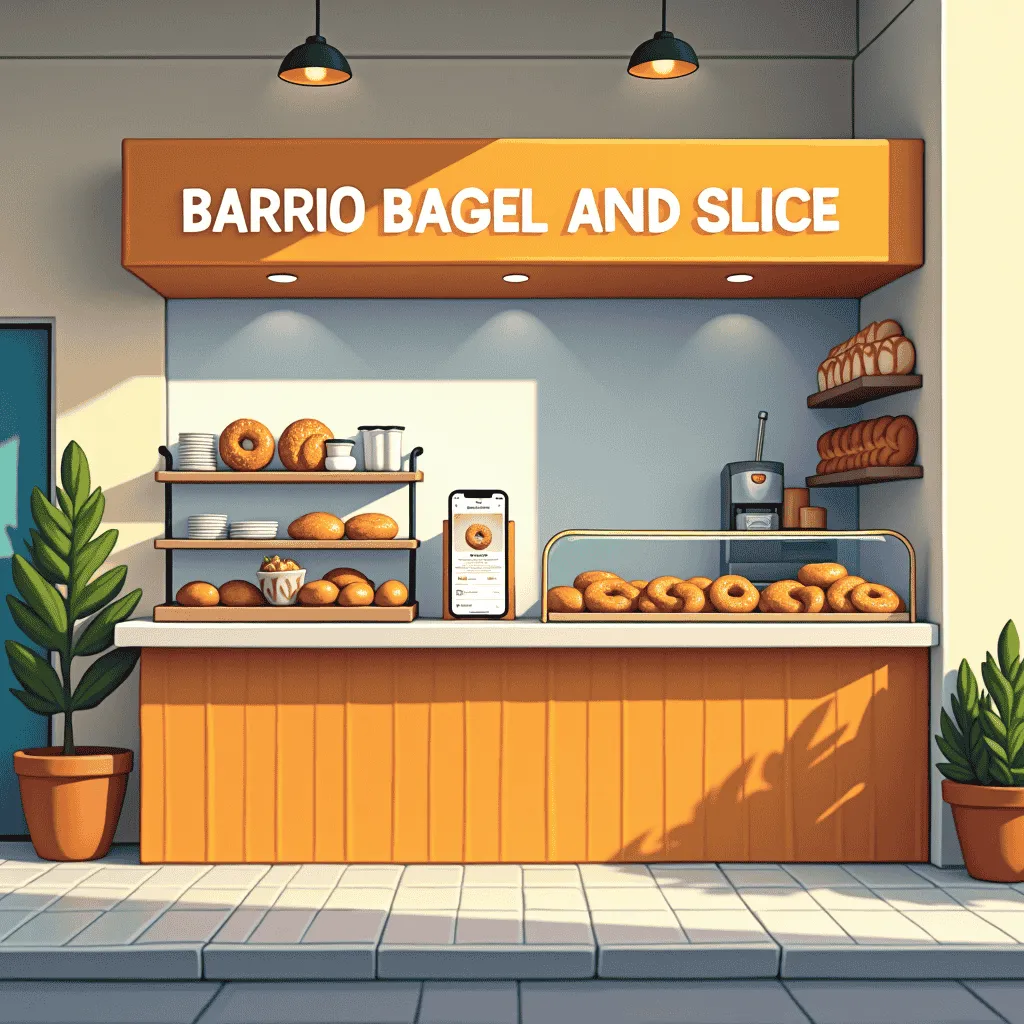

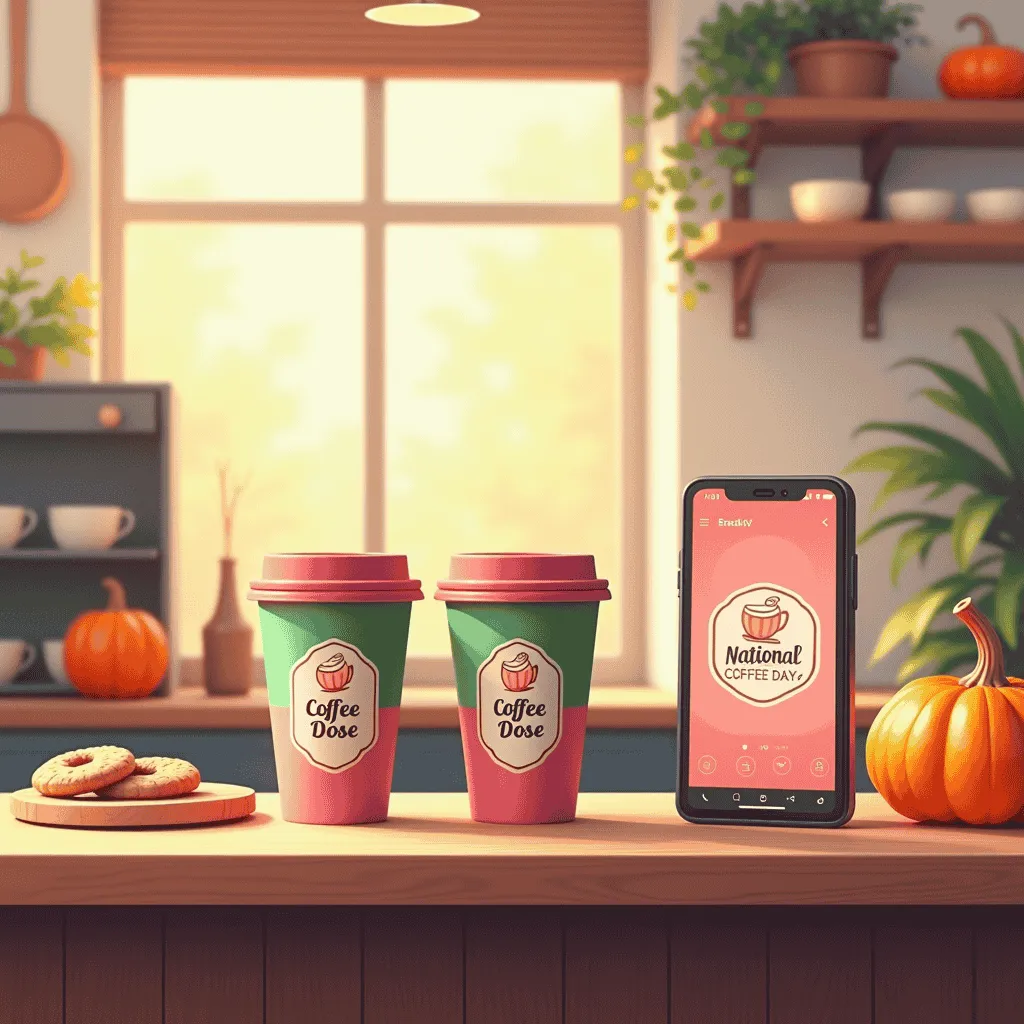
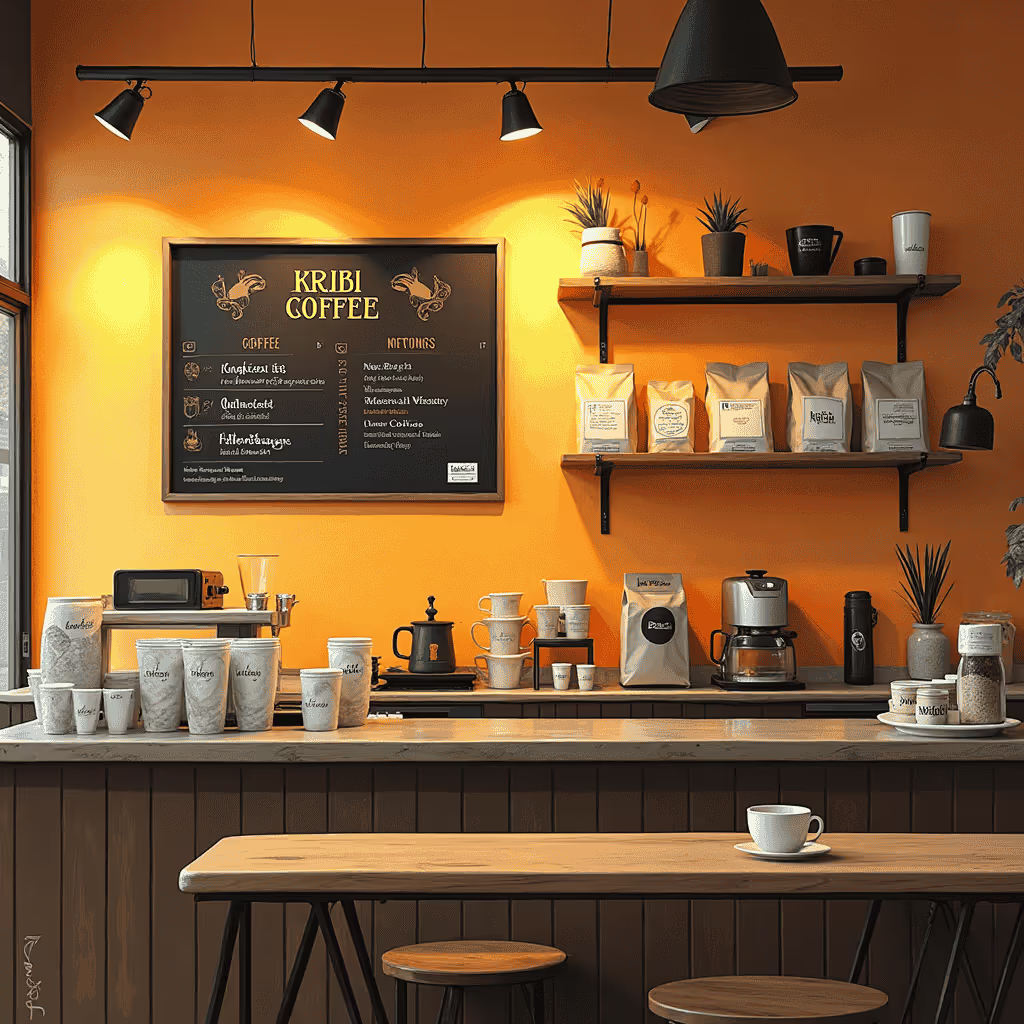
.avif)
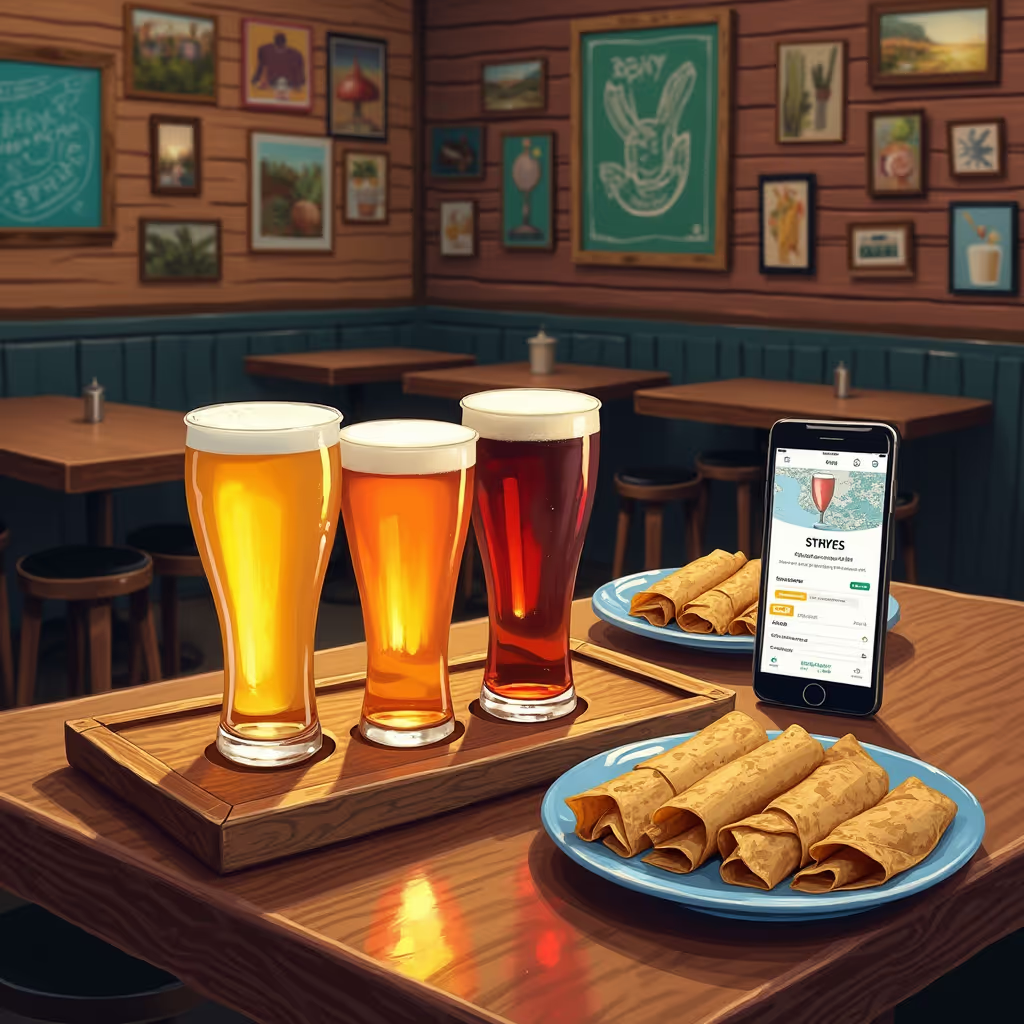
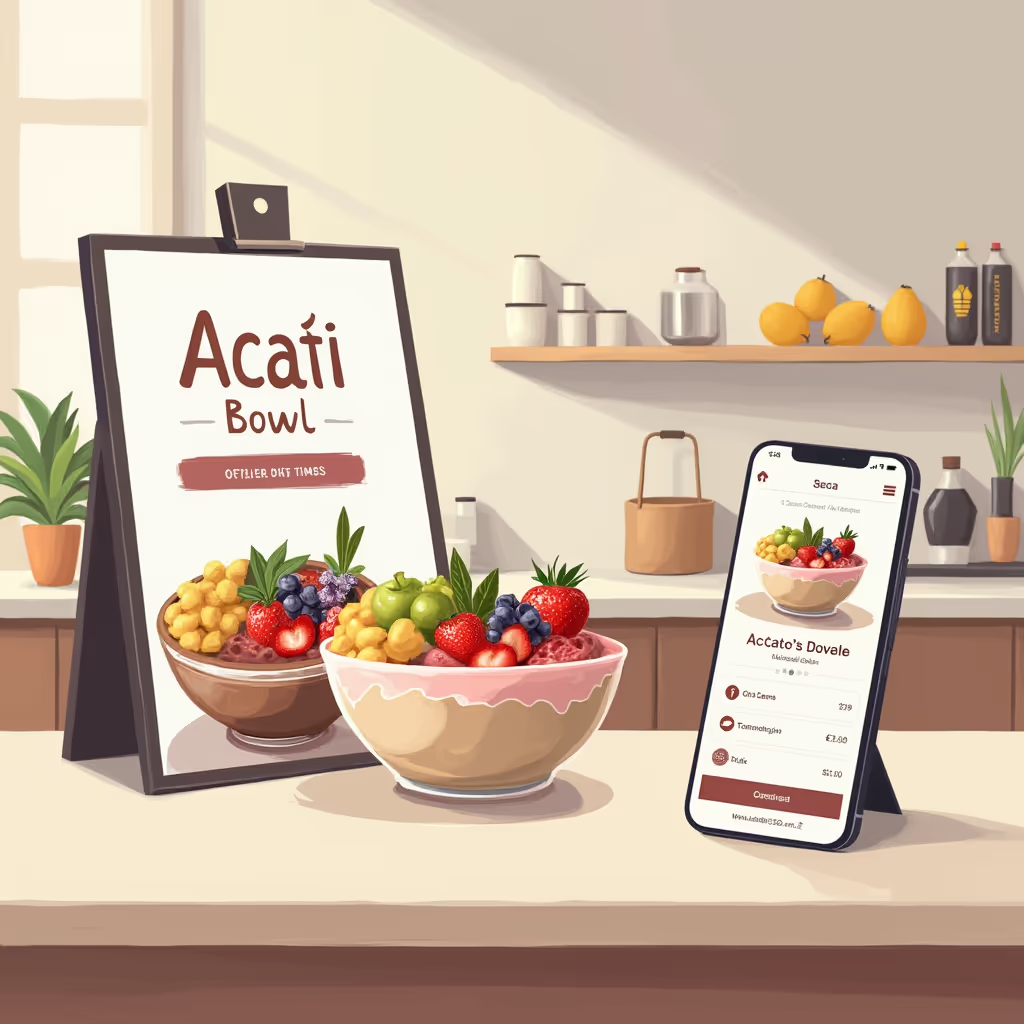
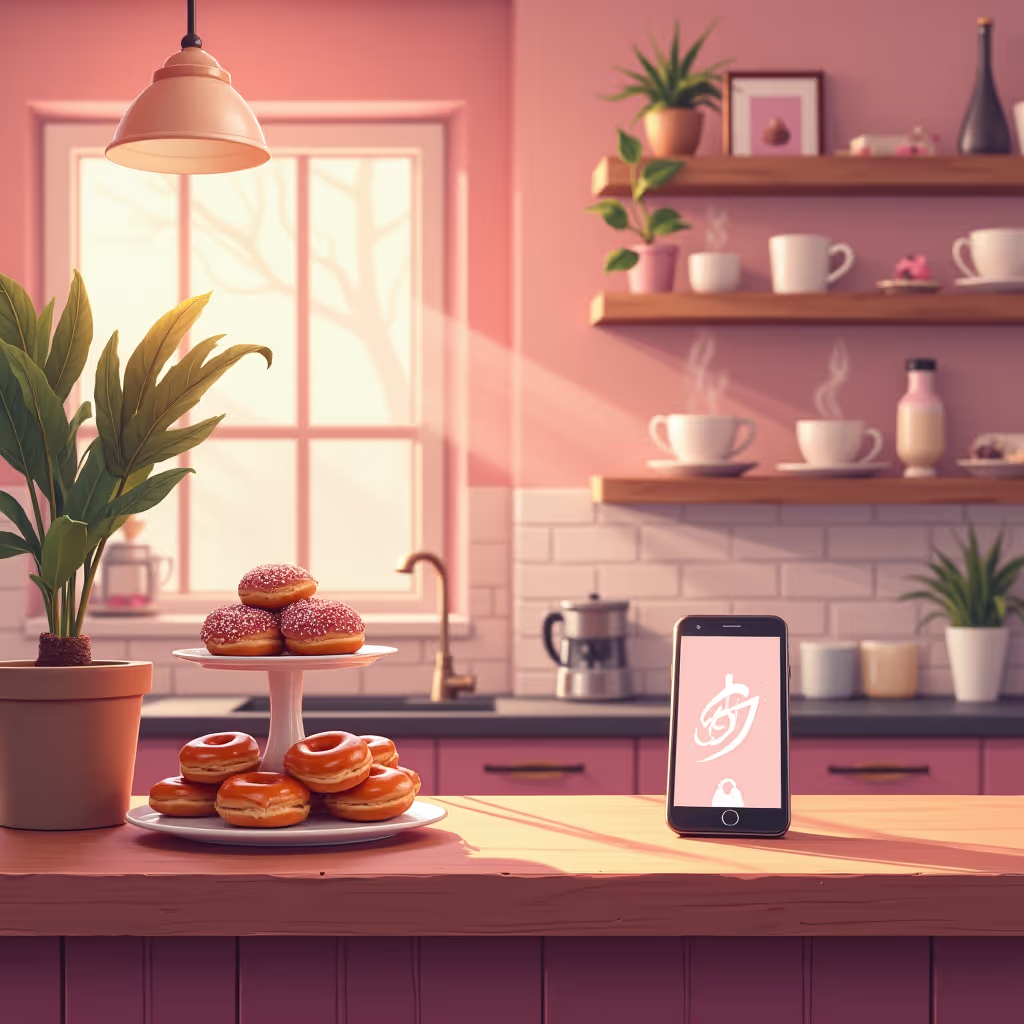
.avif)
.avif)
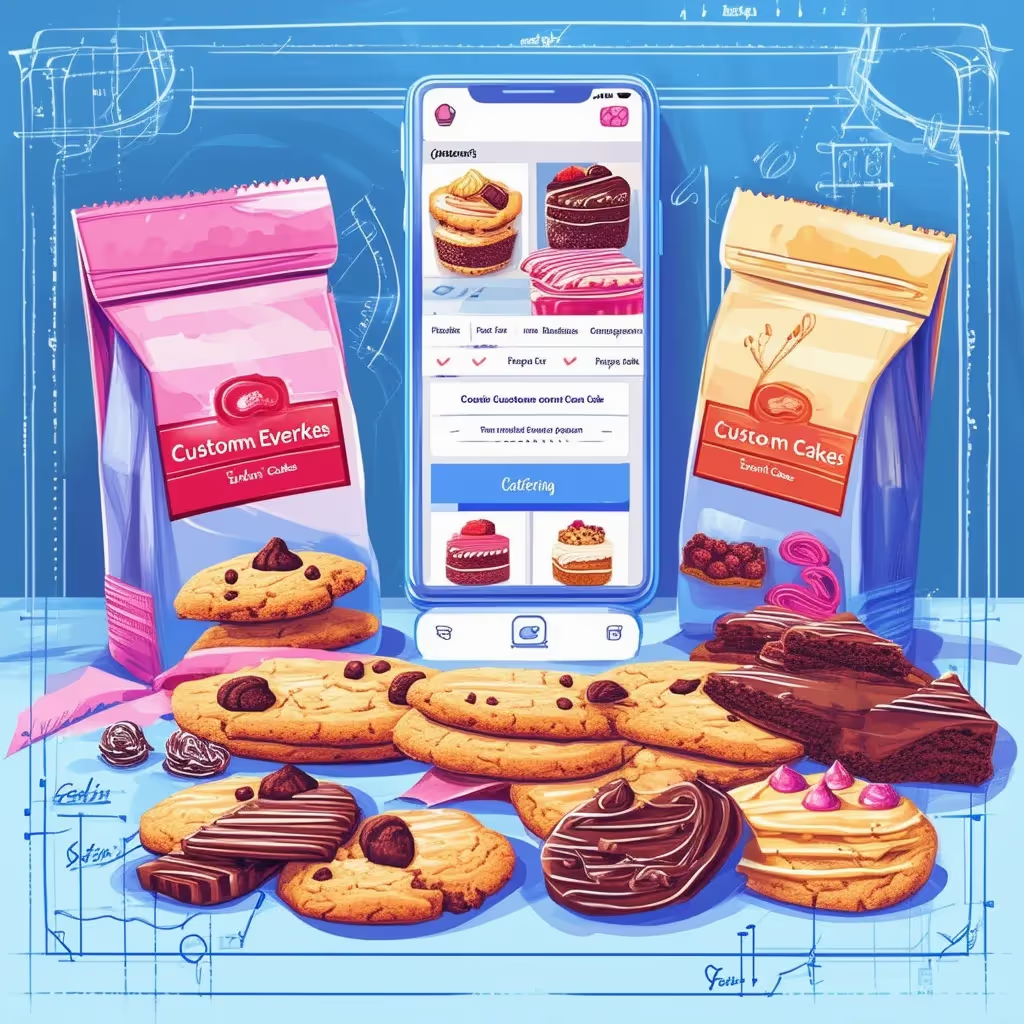
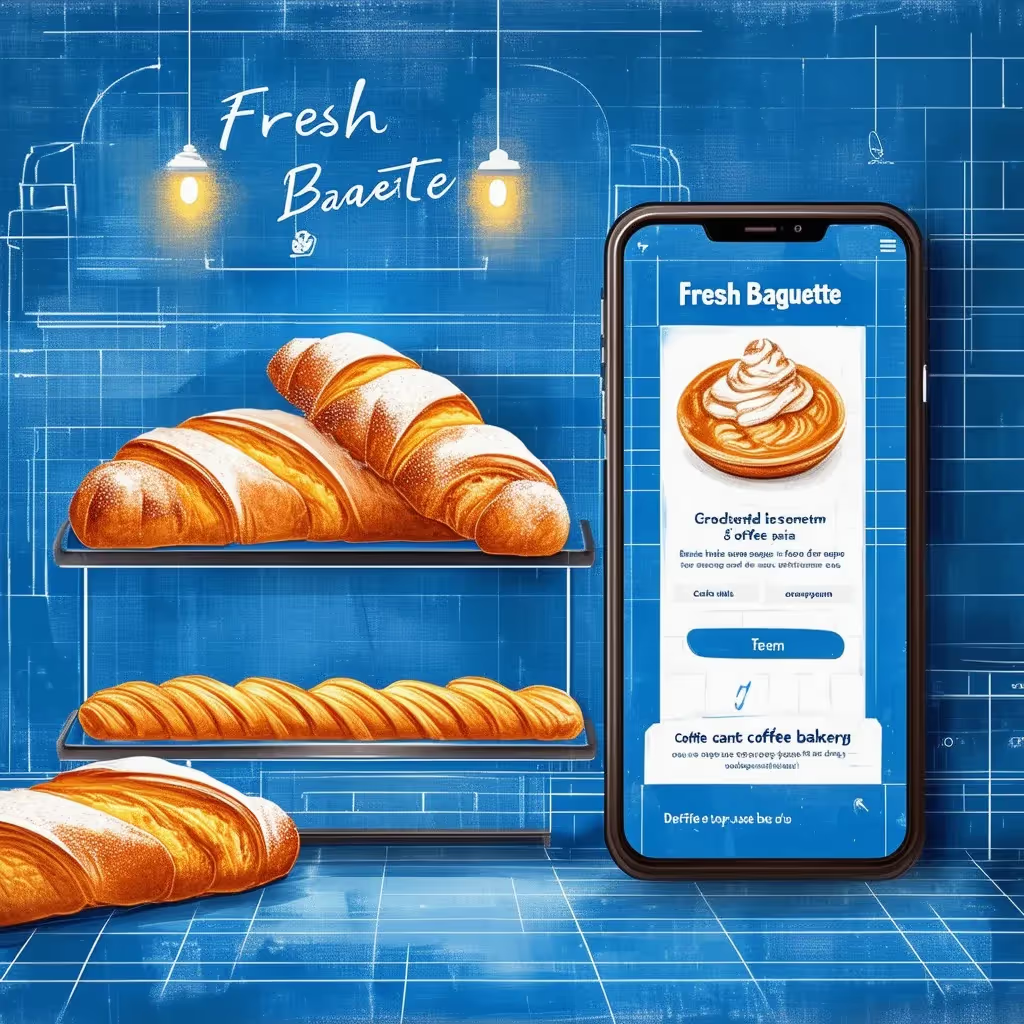
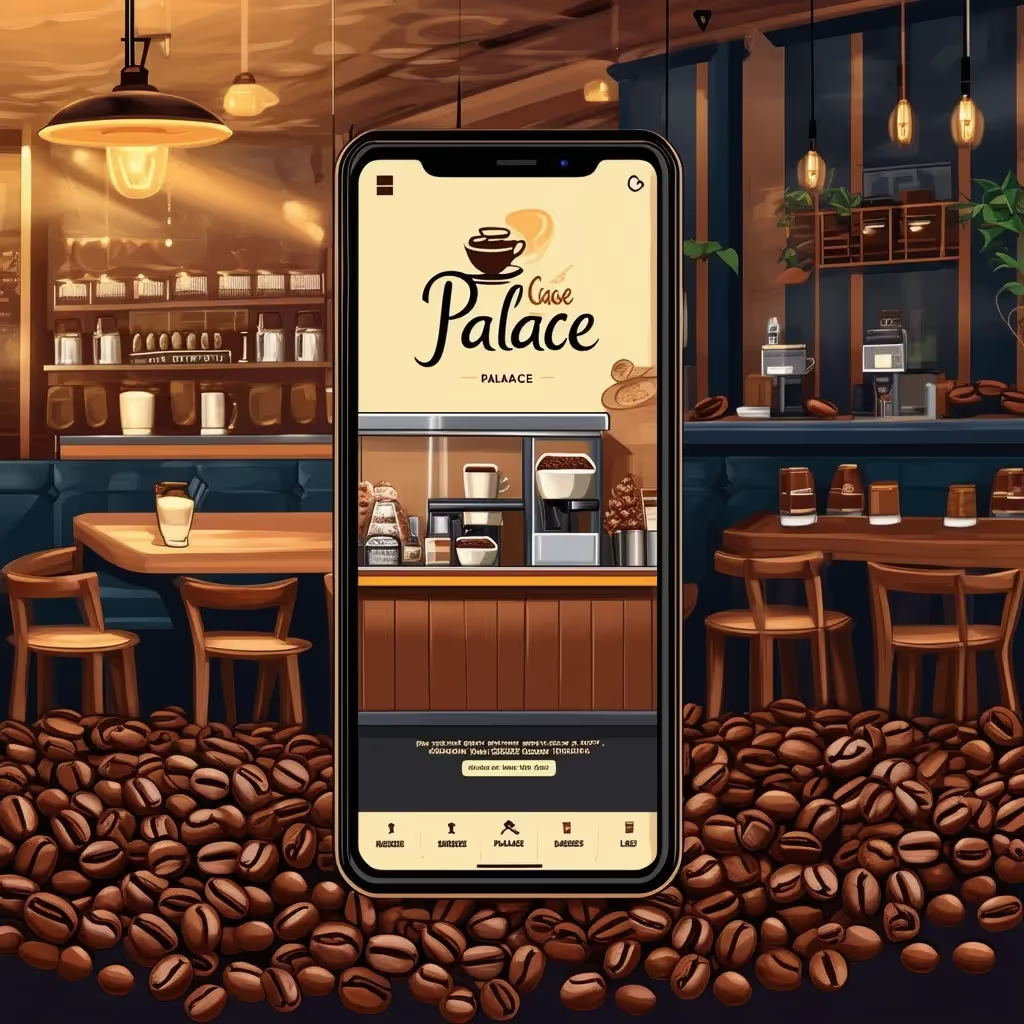

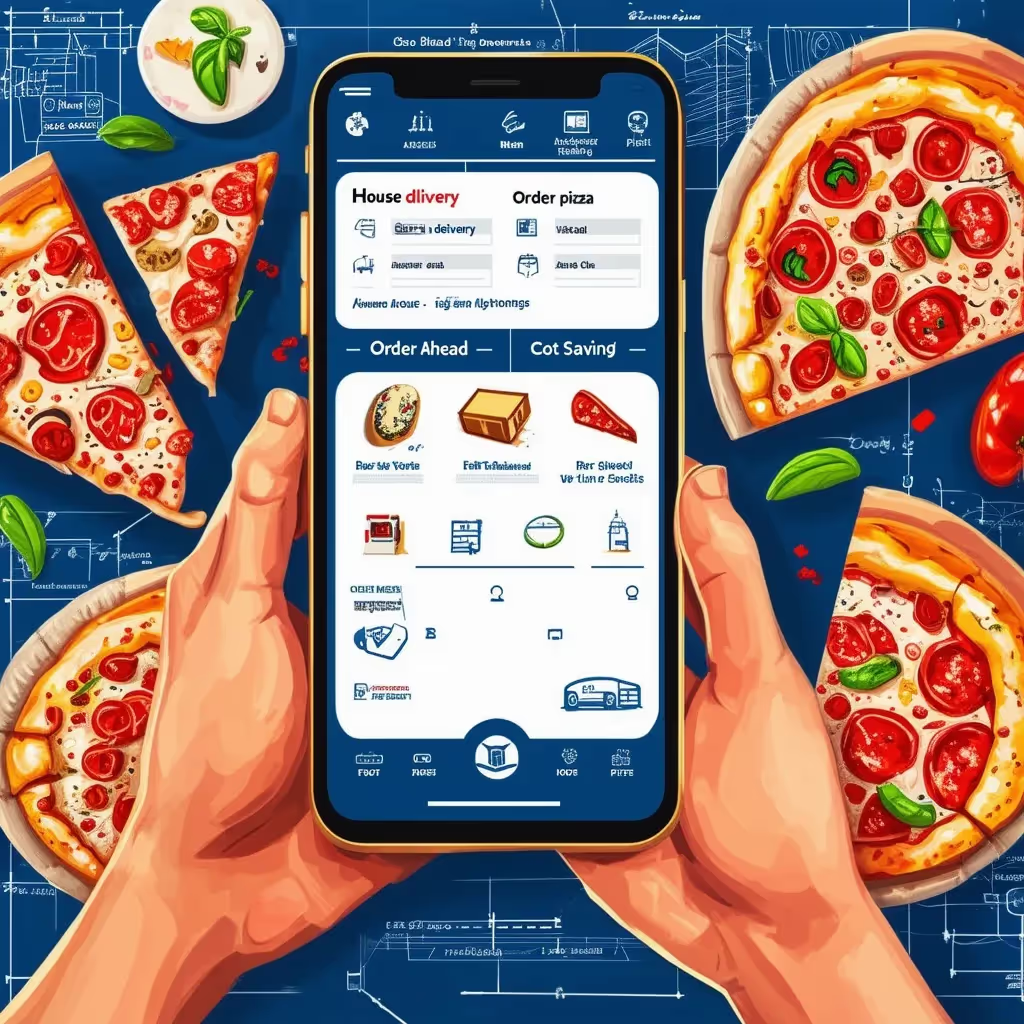

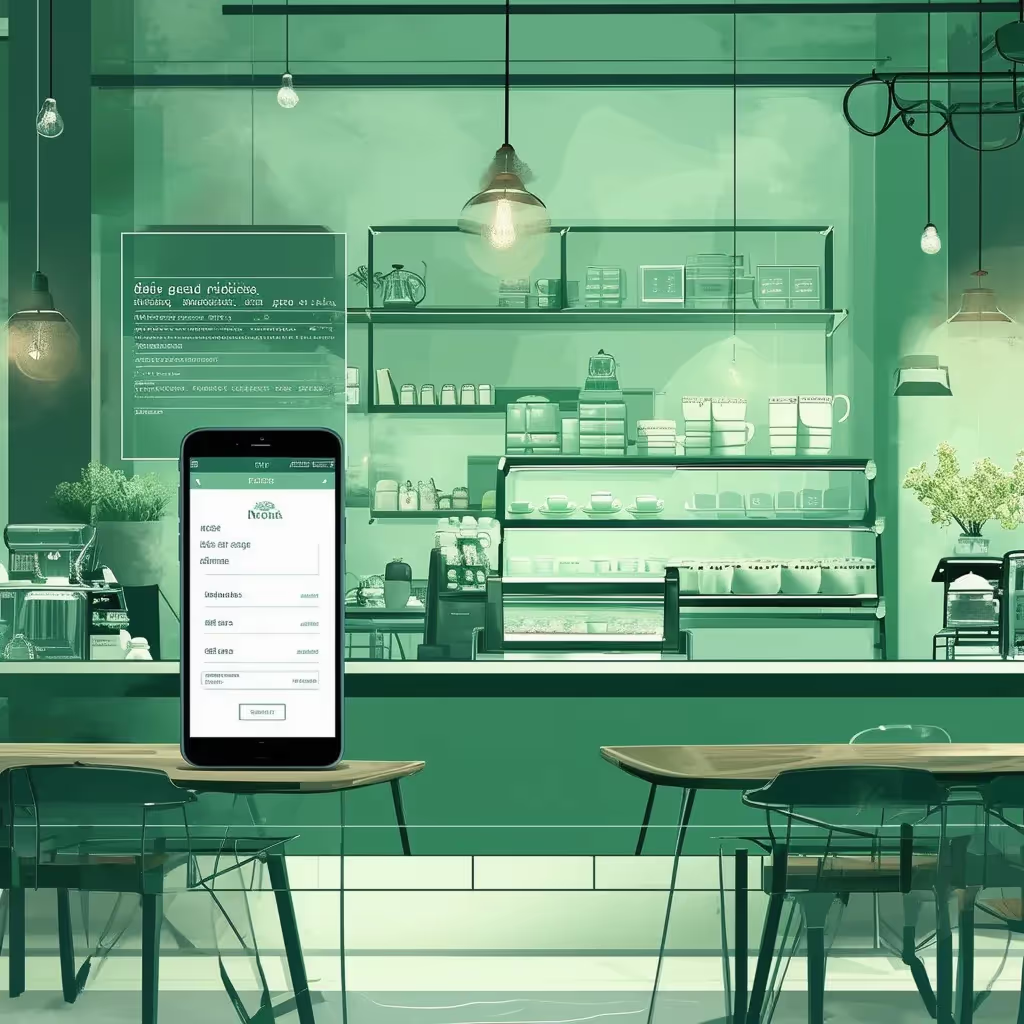

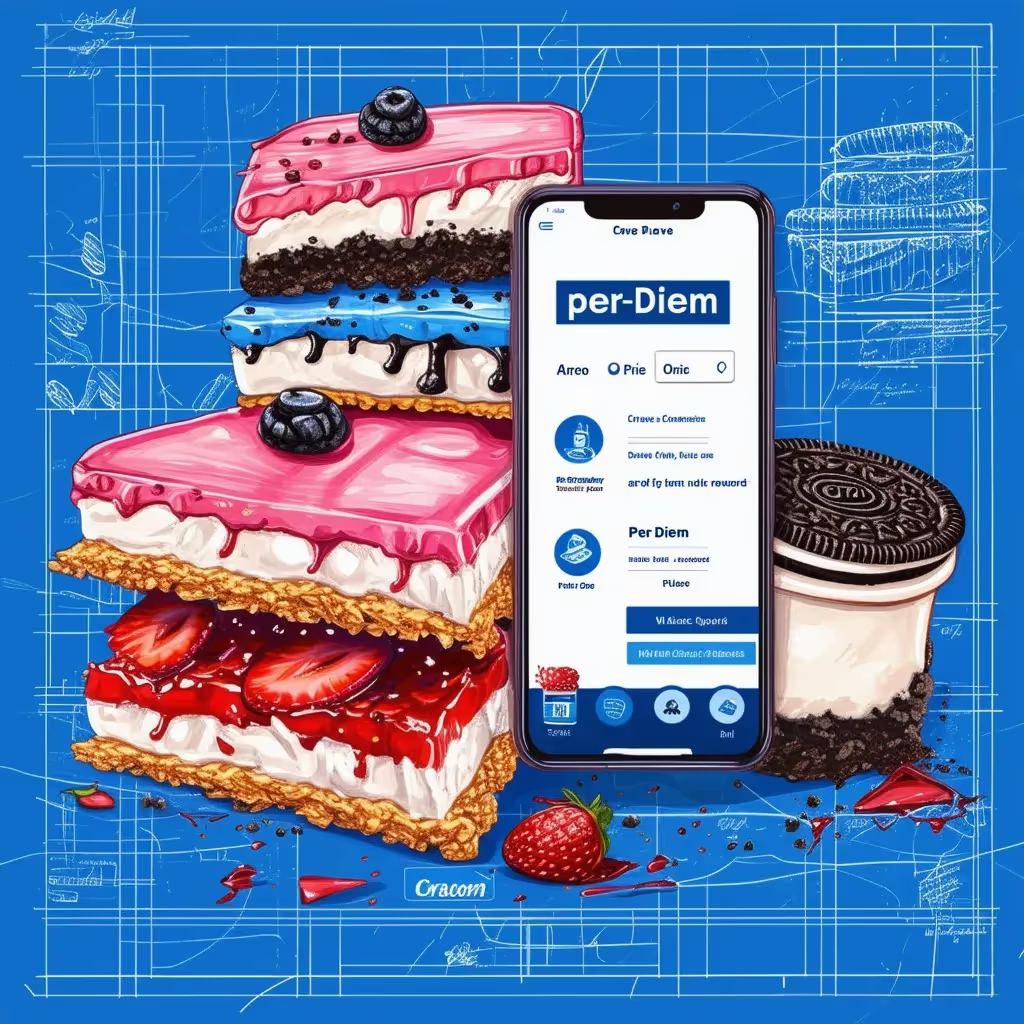
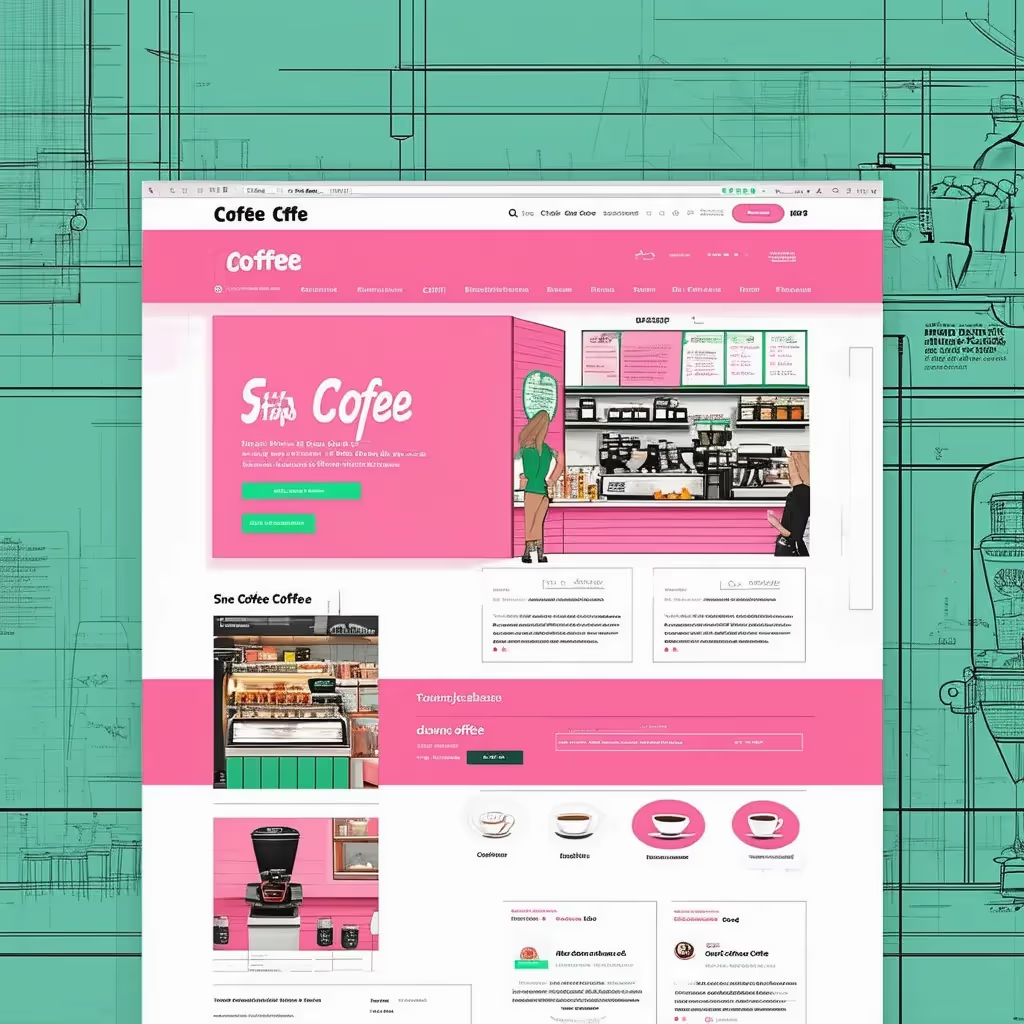
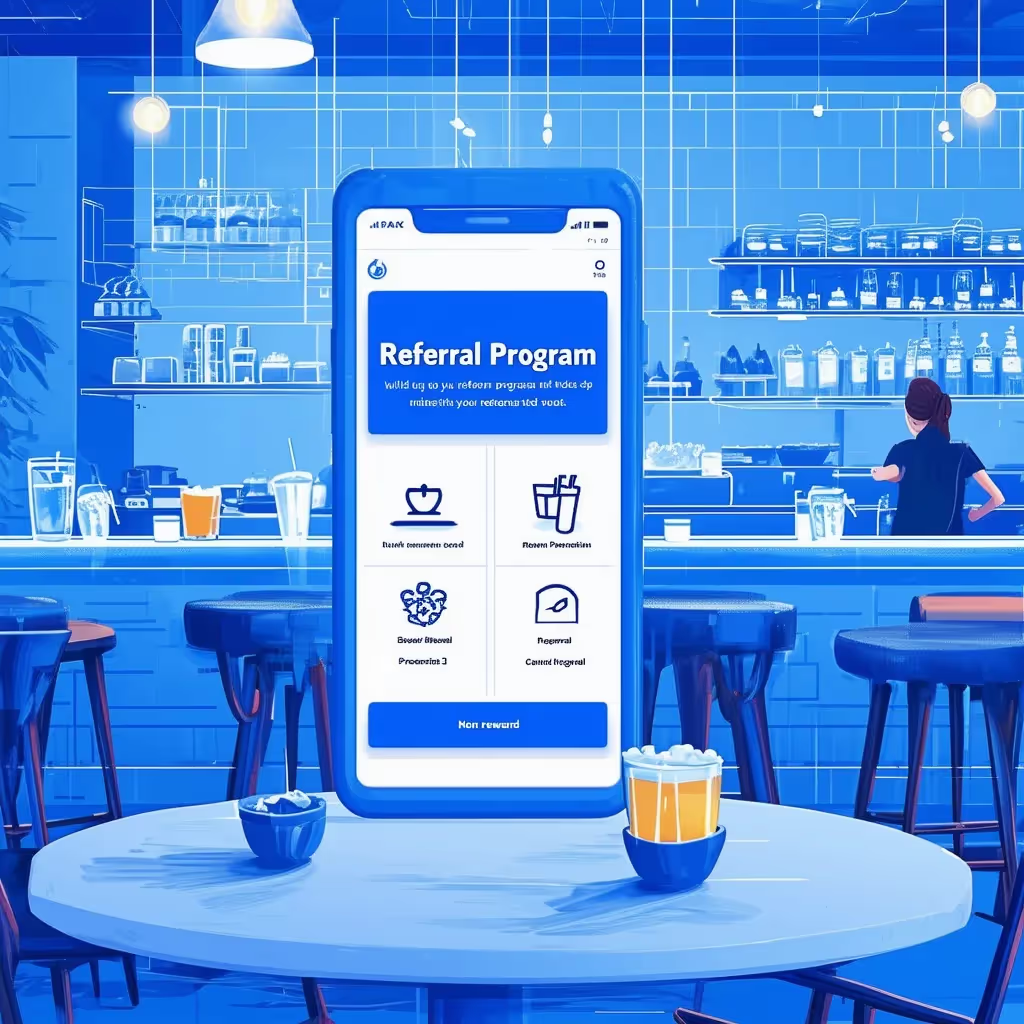


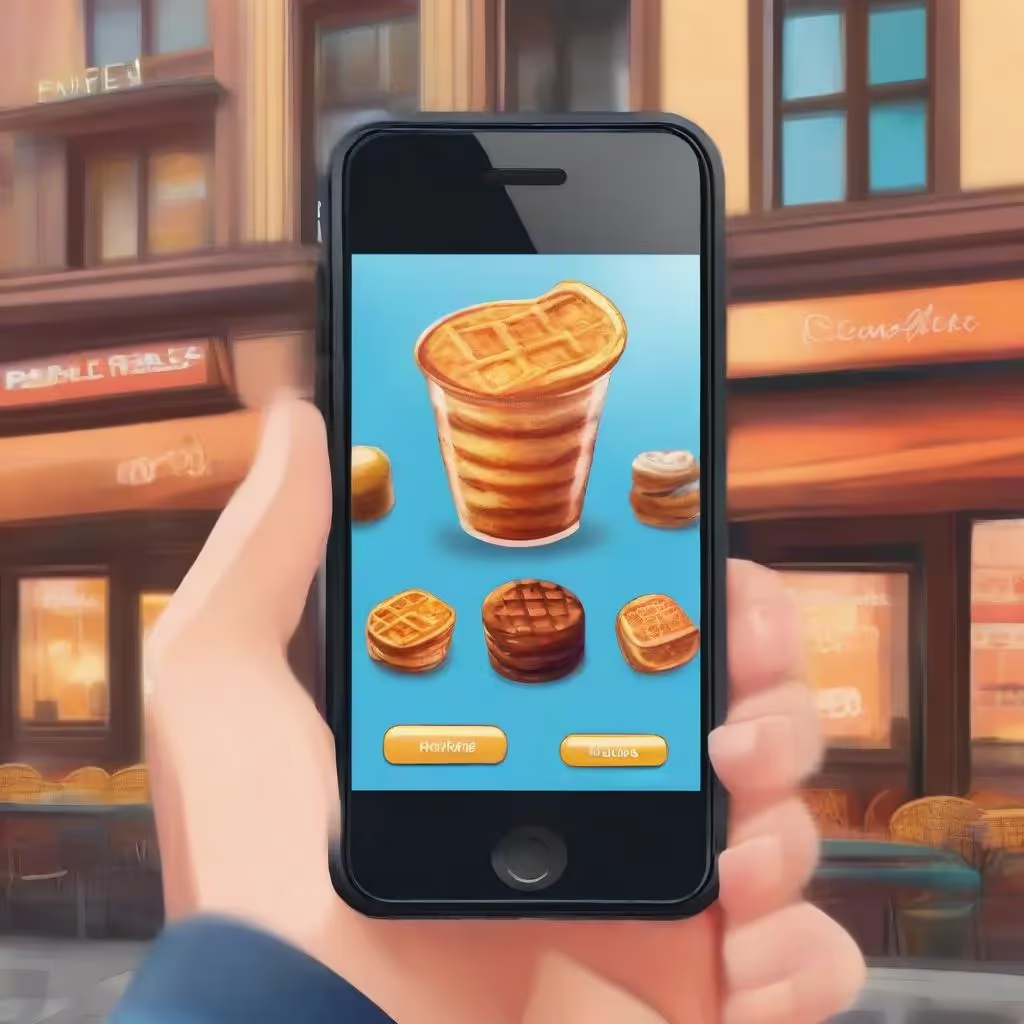


.avif)




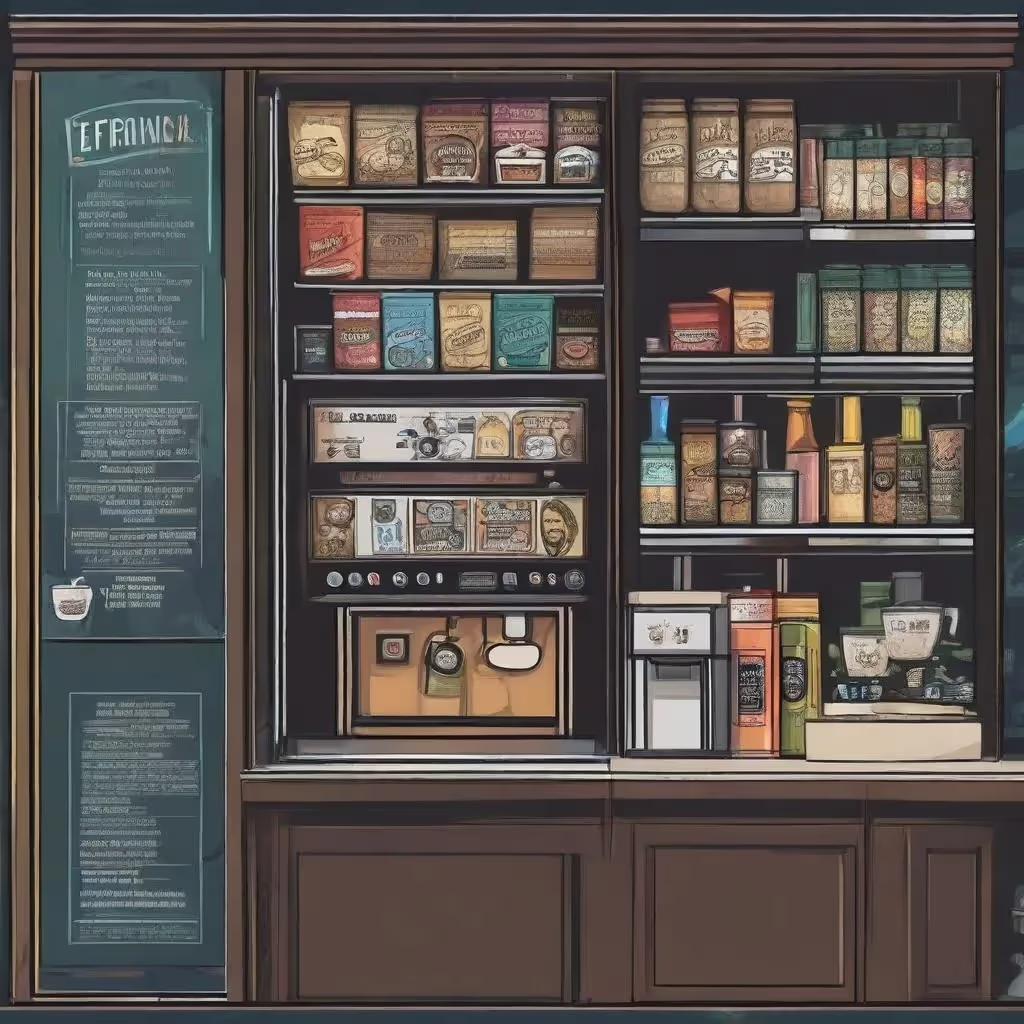
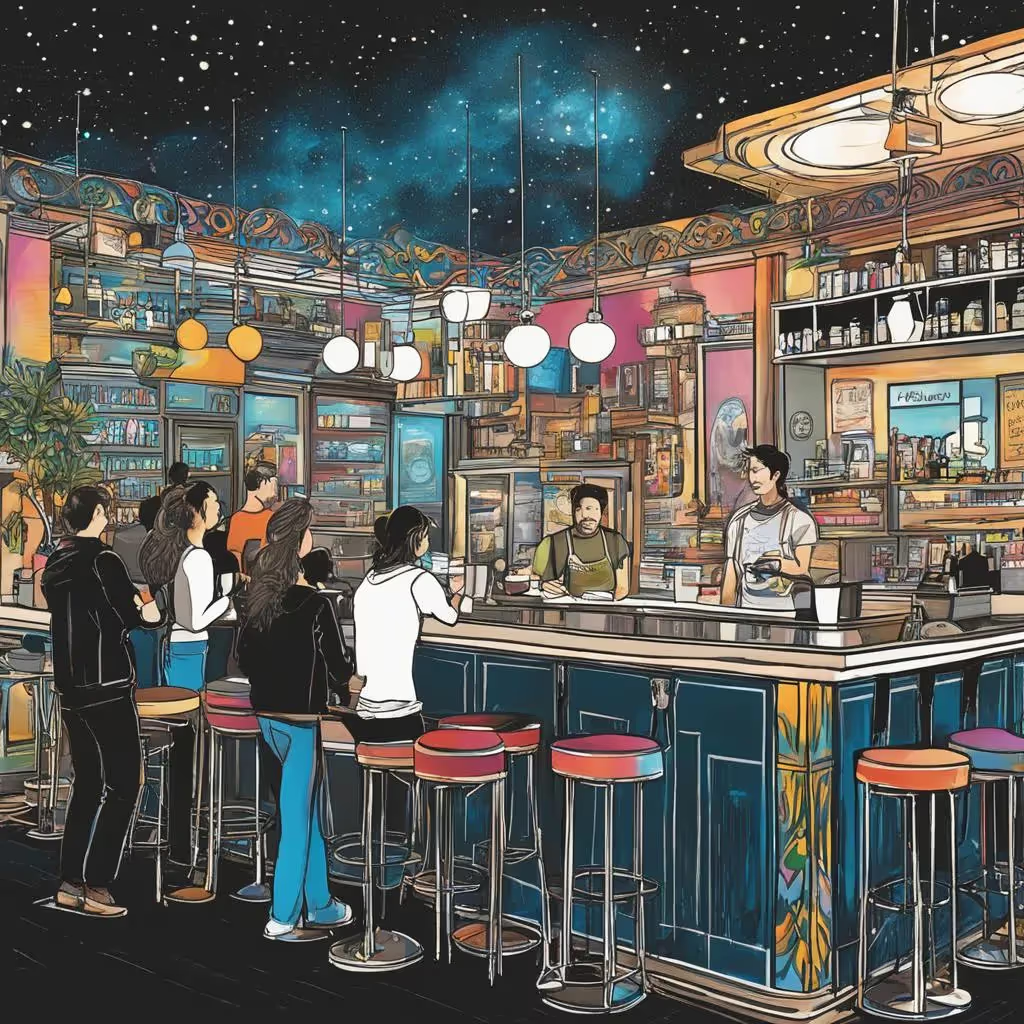
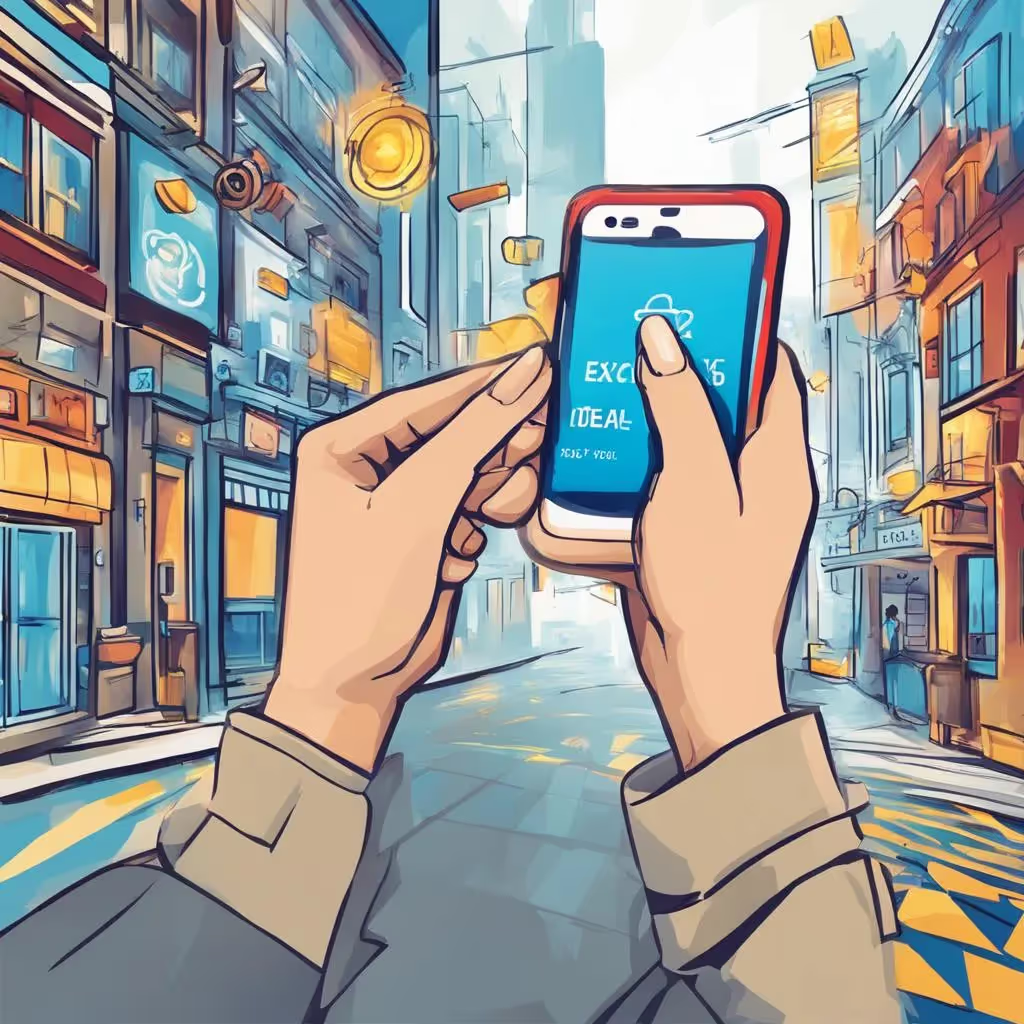

.avif)
